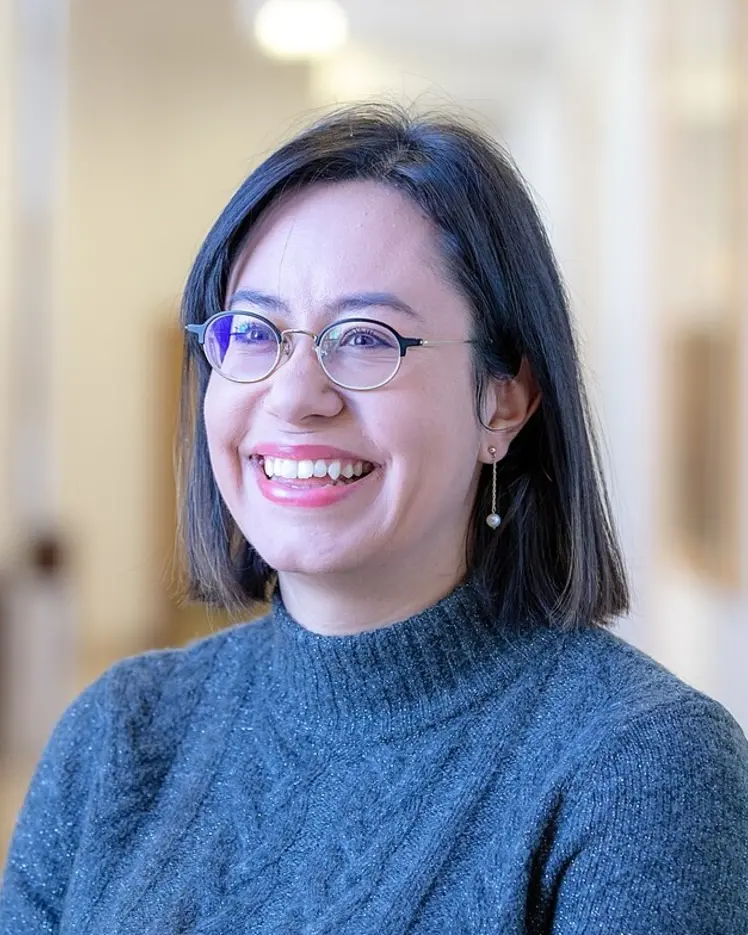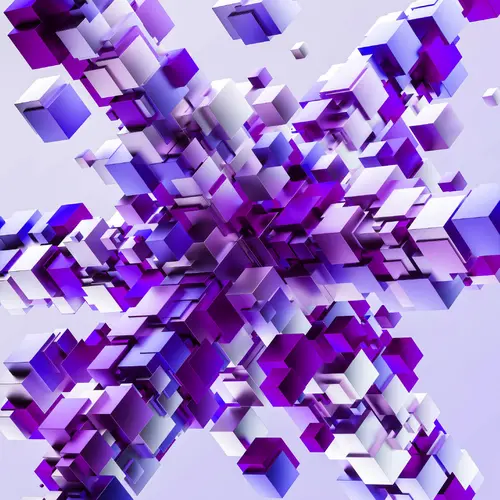
Julie Hlavacek-Larrondo
Associate Academic Member
Associate Professor, Université de Montréal, Department of Physics
Research Topics
AI for Science
Applied Machine Learning
Astronomy
Astrophysics
Computational Astrophysics


